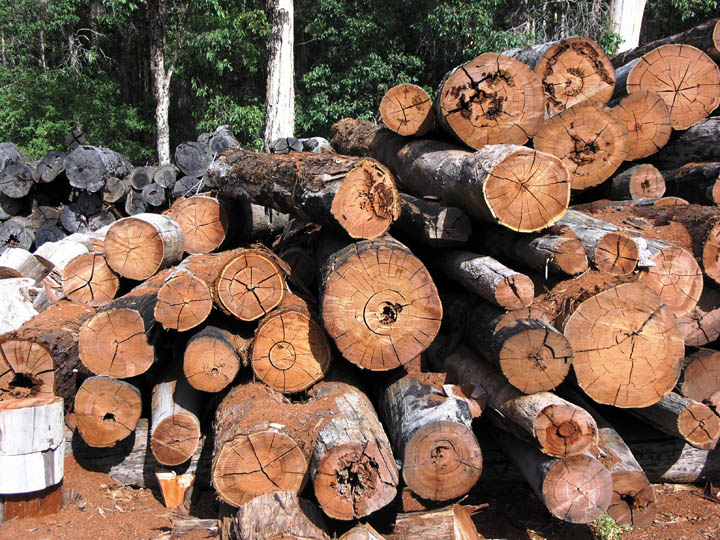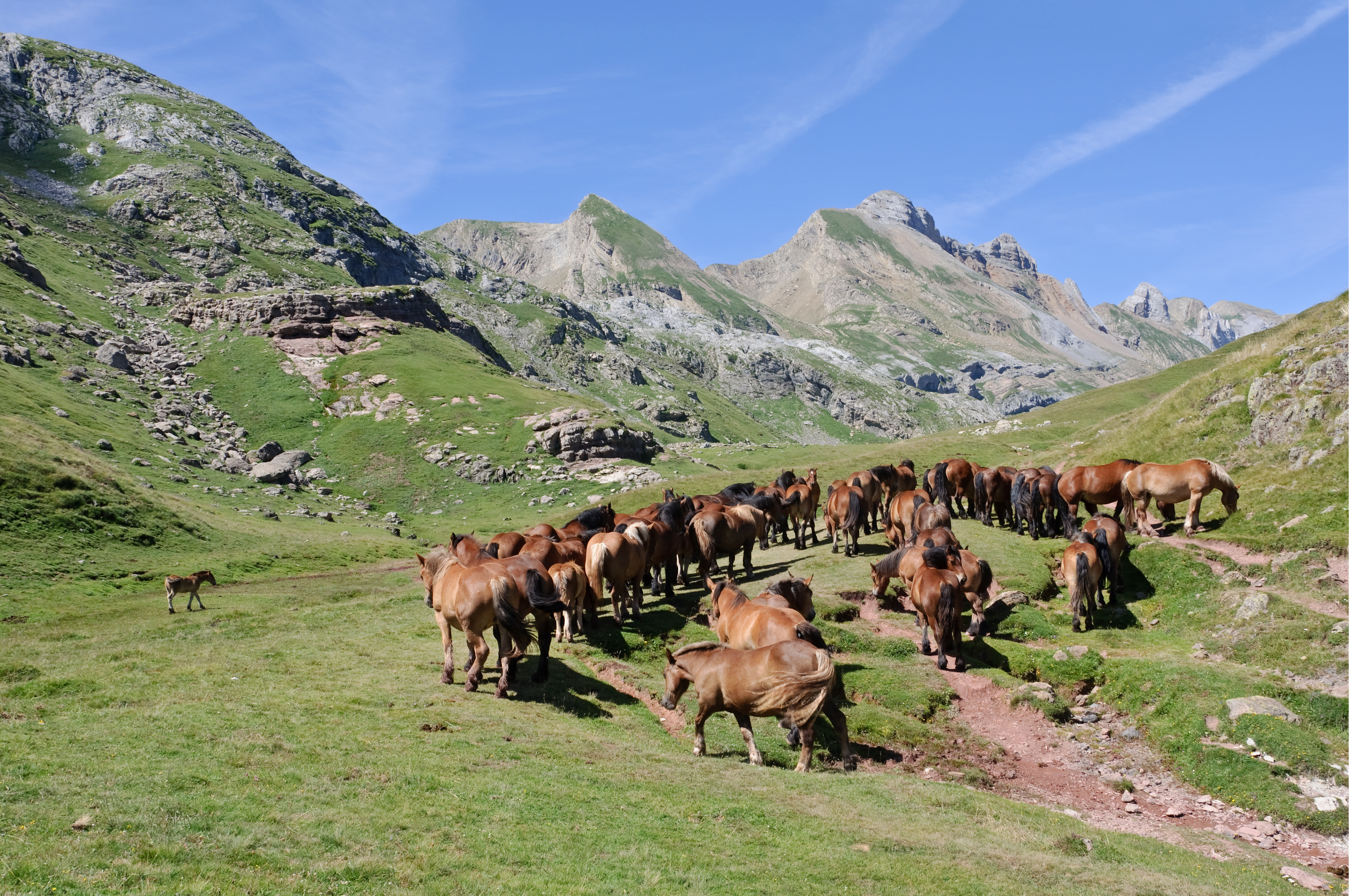|
Weeden Island Culture
The Weeden Island Cultures are a group of related archaeological cultures that existed during the Late Woodland period of the North American Southeast. The name for this group of cultures was derived from the Weedon Island site (despite the dissimilar spellings) in Old Tampa Bay in Pinellas County. History Weeden Island cultures are defined by ceramics, which fall into two categories, sometimes called secular and sacred. Sacred ceramics are found primarily in mounds, while secular ceramics are found primarily in middens and house sites. The two types of ceramics have separate histories, and the secular ceramics show considerable variation between regions. Milanich, et al. compare the Weeden Island sacred complex to the Hopewell and Mississippian complexes, i.e., a ceremonial complex practiced by several cultures. Scholars believe that the secular components of Weeden Island cultures emerged from the Swift Creek culture during the Middle Woodland Period (ca. 200 - 500 CE) in t ... [...More Info...] [...Related Items...] OR: [Wikipedia] [Google] [Baidu] |
Deptford Culture
The Deptford culture (800 Current Era, BCE—700 CE) was an archaeological culture in southeastern North America characterized by the appearance of elaborate ceremonial complexes, increasing social and political complexity, Tumulus, mound burial, permanent settlements, population growth, and an increasing reliance on cultigens. Definition and range Deptford is named for the Deptford area near Savannah, Georgia. The culture is defined by the presence of sand-Temper (pottery), tempered pottery decorated with the impressions of carved wooden paddles that were pressed against the vessels before they were fired. The sand-tempering distinguishes Deptford ceramics from the fiber-tempered ceramics of the late-Archaic Stallings Island/St. Simons, Orange culture, Orange, and Norwood culture, Norwood cultures that preceded it. Other contemporary cultures of the southeastern United States also produced paddle decorated ceramics. The Deptford culture was oriented to the coast. From northern Ge ... [...More Info...] [...Related Items...] OR: [Wikipedia] [Google] [Baidu] |
Hammock (ecology)
Hammock is a term used in the southeastern United States for stands of trees, usually hardwood, that form an ecological island in a contrasting ecosystem. Hammocks grow on elevated areas, often just a few inches high, surrounded by wetlands that are too wet to support them. The term ''hammock'' is also applied to stands of hardwood trees growing on slopes between wetlands and drier uplands supporting a mixed or coniferous forest. Types of hammocks found in the United States include tropical hardwood hammocks, temperate hardwood hammocks, and maritime or coastal hammocks. Hammocks are also often classified as hydric (wet soil), mesic (moist soil) or xeric (dry soil). The types are not exclusive, but often grade into each other. Unlike many ecosystems of the coastal plain of the southeastern United States, hammocks are not tolerant of fire. Hammocks tend to occur in locations where fire is not common, or where there is some protection from fire in neighboring ecosystems. Hammocks ... [...More Info...] [...Related Items...] OR: [Wikipedia] [Google] [Baidu] |
Exploitation Of Natural Resources
The exploitation of natural resources is the use of natural resources for economic growth, sometimes with a negative connotation of accompanying environmental degradation. It started to emerge on an industrial scale in the 19th century as the extraction and processing of raw materials (such as in mining, steam power, and machinery) developed much further than it had in preindustrial areas. During the 20th century, energy consumption rapidly increased. Today, about 80% of the world's energy consumption is sustained by the extraction of fossil fuels, which consists of oil, coal and natural gas. Another non-renewable resource that is exploited by humans is subsoil minerals such as precious metals that are mainly used in the production of industrial commodities. Intensive agriculture is an example of a mode of production that hinders many aspects of the natural environment, for example the degradation of forests in a terrestrial ecosystem and water pollution in an aquatic ecosy ... [...More Info...] [...Related Items...] OR: [Wikipedia] [Google] [Baidu] |
Hunter-gatherer
A traditional hunter-gatherer or forager is a human living an ancestrally derived lifestyle in which most or all food is obtained by foraging, that is, by gathering food from local sources, especially edible wild plants but also insects, fungi, honey, or anything safe to eat, and/or by hunting game (pursuing and/or trapping and killing wild animals, including catching fish), roughly as most animal omnivores do. Hunter-gatherer societies stand in contrast to the more sedentary agricultural societies, which rely mainly on cultivating crops and raising domesticated animals for food production, although the boundaries between the two ways of living are not completely distinct. Hunting and gathering was humanity's original and most enduring successful competitive adaptation in the natural world, occupying at least 90 percent of human history. Following the invention of agriculture, hunter-gatherers who did not change were displaced or conquered by farming or pastoralist groups in ... [...More Info...] [...Related Items...] OR: [Wikipedia] [Google] [Baidu] |
Sedentism
In cultural anthropology, sedentism (sometimes called sedentariness; compare sedentarism) is the practice of living in one place for a long time. , the large majority of people belong to sedentary cultures. In Sociocultural evolution, evolutionary anthropology and archaeology, ''sedentism'' takes on a slightly different sub-meaning, often applying to the transition from nomadic society to a Lifestyle (sociology), lifestyle that involves remaining in one place permanently. Essentially, sedentism means living in groups permanently in one place. The invention of agriculture led to sedentism in many cases, but the earliest sedentary settlements were pre-agricultural. Initial requirements for permanent, non-agricultural settlements For small-scale nomadic societies it can be difficult to adopt a sedentary lifestyle in a landscape without on-site agricultural or livestock breeding resources, since sedentism often requires sufficient year-round, easily accessible local natural resourc ... [...More Info...] [...Related Items...] OR: [Wikipedia] [Google] [Baidu] |
Small-scale Agriculture
A smallholding or smallholder is a small farm operating under a small-scale agriculture model. Definitions vary widely for what constitutes a smallholder or small-scale farm, including factors such as size, food production technique or technology, involvement of family in labor and economic impact. Smallholdings are usually farms supporting a single family with a mixture of cash crops and subsistence farming. As a country becomes more affluent, smallholdings may not be self-sufficient, but may be valued for the rural lifestyle. As the sustainable food and local food movements grow in affluent countries, some of these smallholdings are gaining increased economic viability. There are an estimated 500 million smallholder farms in developing countries of the world alone, supporting almost two billion people. Small-scale agriculture is often in tension with industrial agriculture, which finds efficiencies by increasing outputs, monoculture, consolidating land under big agricu ... [...More Info...] [...Related Items...] OR: [Wikipedia] [Google] [Baidu] |
Natural Environment
The natural environment or natural world encompasses all life, living and non-living things occurring nature, naturally, meaning in this case not Artificiality, artificial. The term is most often applied to the Earth or some parts of Earth. This environment encompasses the interaction of all living species, climate, weather and natural resources that affect human survival and economic activity. The concept of the ''natural environment'' can be distinguished as components: * Complete ecological units that function as natural systems without massive civilized human intervention, including all vegetation, microorganisms, soil, Rock (geology), rocks, Atmosphere of Earth, atmosphere, and natural phenomenon, natural phenomena that occur within their boundaries and their nature. * Universal natural resources and physical phenomena that lack clear-cut boundaries, such as air, water, and climate, as well as energy, radiation, electric charge, and magnetism, not originating from civilize ... [...More Info...] [...Related Items...] OR: [Wikipedia] [Google] [Baidu] |
Geography
Geography (from Greek: , ''geographia''. Combination of Greek words ‘Geo’ (The Earth) and ‘Graphien’ (to describe), literally "earth description") is a field of science devoted to the study of the lands, features, inhabitants, and phenomena of Earth. The first recorded use of the word γεωγραφία was as a title of a book by Greek scholar Eratosthenes (276–194 BC). Geography is an all-encompassing discipline that seeks an understanding of Earth and its human and natural complexities—not merely where objects are, but also how they have changed and come to be. While geography is specific to Earth, many concepts can be applied more broadly to other celestial bodies in the field of planetary science. One such concept, the first law of geography, proposed by Waldo Tobler, is "everything is related to everything else, but near things are more related than distant things." Geography has been called "the world discipline" and "the bridge between the human and ... [...More Info...] [...Related Items...] OR: [Wikipedia] [Google] [Baidu] |
Columbus, Georgia
Columbus is a consolidated city-county located on the west-central border of the U.S. state of Georgia. Columbus lies on the Chattahoochee River directly across from Phenix City, Alabama. It is the county seat of Muscogee County, with which it officially merged in 1970. Columbus is the second-largest city in Georgia (after Atlanta), and fields the state's fourth-largest metropolitan area. At the 2020 census, Columbus had a population of 206,922, with 328,883 in the Columbus metropolitan area. The metro area joins the nearby Alabama cities of Auburn and Opelika to form the Columbus–Auburn–Opelika Combined Statistical Area, which had an estimated population of 486,645 in 2019. Columbus lies southwest of Atlanta. Fort Benning, the United States Army's Maneuver Center of Excellence and a major employer, is located south of the city in southern Muscogee and Chattahoochee counties. Columbus is home to museums and tourism sites, including the National Infantry Museum, dedic ... [...More Info...] [...Related Items...] OR: [Wikipedia] [Google] [Baidu] |
Fall Line
A fall line (or fall zone) is the area where an upland region and a coastal plain meet and is typically prominent where rivers cross it, with resulting rapids or waterfalls. The uplands are relatively hard crystalline basement rock, and the coastal plain is softer sedimentary rock. A fall line often will recede upstream as the river cuts out the uphill dense material, forming "c"-shaped waterfalls and exposing bedrock shoals. Because of these features, riverboats typically cannot travel any farther inland without portaging, unless locks are built. The rapid change in elevation of the water and resulting energy release make the fall line a good location for water mills, grist mills, and sawmills. Seeking a head of navigation with a ready supply of water power, people have long made settlements where rivers cross a fall line. Geography The slope of fall zones on rivers played a role in settlement patterns. For example, the fall line represents the inland limit of navigation o ... [...More Info...] [...Related Items...] OR: [Wikipedia] [Google] [Baidu] |
Okefenokee Swamp
The Okefenokee Swamp is a shallow, 438,000-acre (177,000 ha), peat-filled wetland straddling the Georgia–Florida line in the United States. A majority of the swamp is protected by the Okefenokee National Wildlife Refuge and the Okefenokee Wilderness. The Okefenokee Swamp is considered to be one of the Seven Natural Wonders of Georgia. The Okefenokee is the largest " blackwater" swamp in North America. The swamp was designated a National Natural Landmark in 1974. Etymology The name Okefenokee is attested with more than a dozen variant spellings of the word in historical literature. Though often translated as "land of trembling earth", the name is likely derived from Hitchiti ''oki fanôːki'' "bubbling water". Origin The Okefenokee was formed over the past 6,500 years by the accumulation of peat in a shallow basin on the edge of an ancient Atlantic coastal terrace, the geological relic of a Pleistocene estuary. The swamp is bordered by Trail Ridge, a strip of eleva ... [...More Info...] [...Related Items...] OR: [Wikipedia] [Google] [Baidu] |








